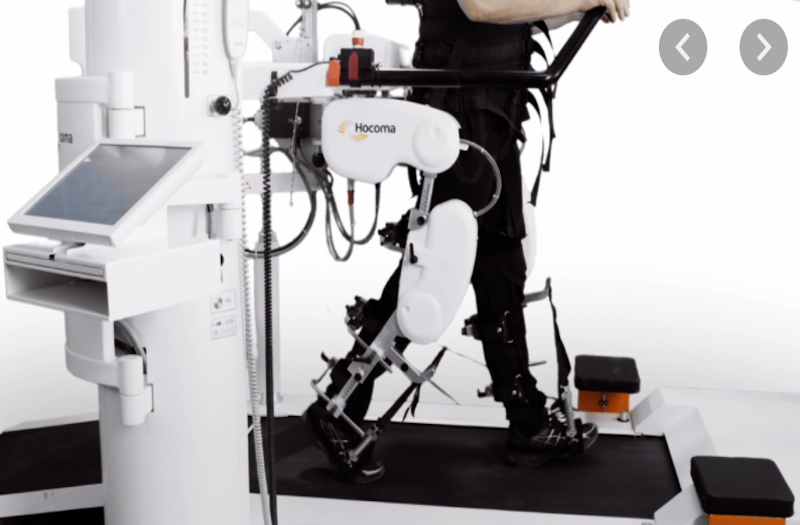Priming the Spine with Transspinal Stimulation for Recovery of Walking Ability after SCI
Background
Exercise and body movement have proven therapeutic benefits for individuals with and without SCI. People with SCI are able to practice walking on treadmills using robotic assistance and body weight support. Our lab is interested in seeing if we can enhance this therapy by priming the spine with electrical spinal stimulation before treadmill training.
Multi-center: This is a clinical trial taking place at the Bronx VA and at the College of Staten Island. We will measure both physiological and functional changes in response to a course of locomotor training with or without spinal electrical stimulation.
Note: This trial involves “randomization” – you will be randomly assigned to either receive spinal stimulation during walking or no stimulation. All participants will get the full treadmill training program.
Eligibility Criteria (summary)
- Age 18-70 with motor incomplete SCI at level T10 or higher, occurred greater than 6 months ago
- No history of seizures, cardiac arrhythmia, or implanted electrical devices (pacemaker, spine stimulator, baclofen pump, etc)
- Other eligibility criteria will be screened in person to make sure it is safe for you to participate
Procedures
Total 24 visits:
- 2 testing visits (~4 hours each) at the beginning of the study
- 40 training visits (~1.5 hours each, 4-5 sessions per week), which involve 1 hour of walking with or without spinal stimulation
- 2 testing visits (~4 hours each) at the end of the study
What should you know
-
- Electrical and magnetic stimulation can feel like a ‘shock’ or ‘bite’ that is temporarily uncomfortable, especially at higher pulse strength
- There is a risk of falling during transfers between wheelchairs and treadmills.
- There is a risk of skin irritation from the treadmill straps
- The main risk of magnetic brain stimulation is seizure. BUT:
- Seizures are riskier when pulses are given faster than once per second – in this study, pulses are never given more than once every 5 or 10 seconds
- The exclusion criteria are designed to prevent anyone at risk of seizure from participating
- When performed according to these recommendations, the risk of seizure is less than 1 in 1,000
- If you are uncomfortable at any time for any reason, we can stop the procedures. There is no obligation!!
Investigator
Noam Y. Harel, MD, PhD
Study ID
HAR-19-69
Contact
Astrea Villarroel-Sanchez or Lauren Kinne
Clinicaltrials.gov Identifier
NCT04807764

